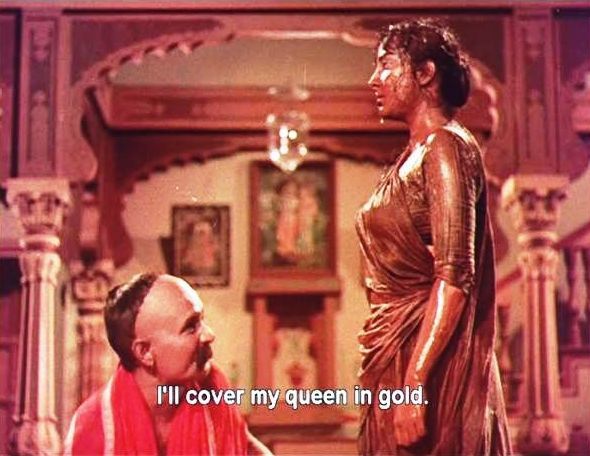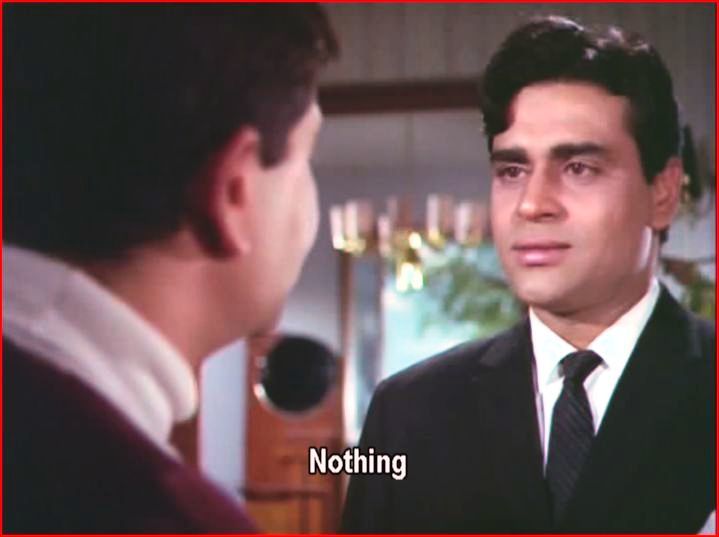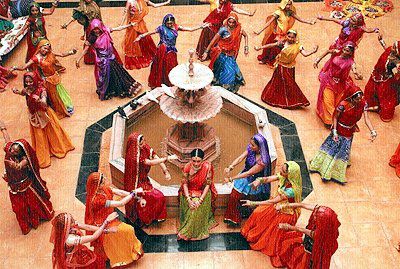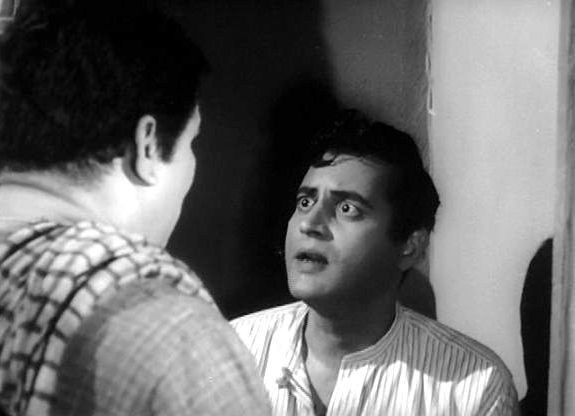Is Bollywood universal?
Publié le 26 Mai 2009

I recently heard a journalist ask the question « Is Bollywood nothing more than a cinema made for India, or is there something universal about it?” – and I thought this question deserved a little post. Every one knows for a fact that the Indian cinema is the most productive one in the world, because of the amount of movies a year (is it still 800?) and of course the sheer size of the audiences. I say audiences because the crowds in the South, East and Centre are almost as huge as in the North, and from what I’m told, the penetration of US movies as yet cannot rival. So this raises the question of its local dimension, its adaptation to a public who needs a certain type of entertainment, and the question of the exportability of Bollywood.
In fact I’m not interested here in the figures of the industry’s success in other parts of the world than India. But is Indian cinema universal? Or rather, does it contain enough universal characteristics? Er… and what is “universality”?! Is it the same thing as worldwide fame? Or does it refer to general recognition? Gone with the wind? Or Titanic? But these are surely typically American, no? What makes them also universal? Probably, something we could recognize in them which appeals to all of us, no? Well at least, most of us. In the two above examples, the beauty of the love-story, because love is a universal emotion. So, if a film deals with that sort of basic human feelings, it would have a chance of being universal: anger, fear, ambition, lust, hate… Yes, but it would need something else too, something like representativity, which would enable people in Japan, Belgium and Chile to feel it refers to them in spite of their irreconcilable cultural differences. What is this artistic quality which enables a culturally defined movie (work of art) to belong to humanity as a whole? Is it not “style”? So (next question…) what’s style?

We’re a little far away from Indian cinema, perhaps? Well, perhaps not: who knows if we couldn’t find that ingredient, style, in some Indian films. Style means personality, doesn’t it? And so we’d have to go in the direction of great directors with that element too. If by watching a film, you were able to say: that’s Satyajit Ray’s style, or that Guru Dutt’s way of filming, and of course if the movie contained a story which everybody would relate to, wouldn’t we have something universal there?
Well, I know of many such universal works – in fact, that’s what I’ve been pursuing in this blog! (Not a surprise, is it?) For example Shree 420, whose universality comes from its profoundly human portrait of man and society, of hope and despair. Or Teesri Kasam, that simple story of love and loss. Bimal Roy’s Bandini, watched recently, would certainly fit in the category, too, for its daring excursion in the mind of an unconventional young woman, whose beauty and purity, rooted in her Indianness, transcends it. For that is the key element: a universal work of art is not universal because it is so general that all nations could appropriate it (if such a work of art exists), but it’s universal in so far as all other nations see (for example) an Indian film that deals with a collective issue which has found a new and well defined expression thanks to Indian culture. One country’s art forms enable a facet of our human nature to be revealed or dramatized in such a way as we can all recognize it as familiar.
It’s logical that the examples of movies I have provided are from the fifties and the sixties. Up to a certain extent, you need the test of time to say whether great contemporary movies can be called universal: here it’s a little bit like “classic” films. Time does two things to works of art: it elevates them (above the rest of the other works of art of the same period, which become secondary or are forgotten), and it classifies them (the way people refer to them put them in categories where it wasn’t necessarily so clear they belonged when they came out – it’s perhaps easier for movies). Because with time passing, history has been described, and taught. We would now refer to Mother India as a tragic epic with the mother-figure of Indian society held up high for everyone to recognize; but who knows if back in 1957, it wasn’t as much the leftist political message that was clear, because of the specific situation of post-independence.
Success does have a certain relationship with universality, nevertheless. Even if critics could decide, in their beautiful isolation that such and such a movie was a universal one, it would be difficult to accept without a certain element of success. People might throng to see a well-advertised film, and enjoy it because it corresponds to the spirit of the moment, but if the success is lasting (time is a much better judge than space because today even pigmies in the centre of Africa can watch Rambo dubbed in their own language), then the movie belongs perhaps to the list.
The problem today is that we rarely have the opportunity to need to see an “old” film again: there are so many enticing new ones all the time! So I wonder about the spectator’s notion of universality, and I half suspect it to be tainted by Hollywoodian marketing tricks. I wouldn’t be surprised, for example, if someone told me that a universal movie must be packed with action and emotion, possess a clear and suspenseful story, and, all in all, be a good commercial success. If an American audience can be talked into watching a film from anywhere else in the world, it must surely be a universal film! Well, enough said for now. But feel free to leave your impressions and reactions on that subject.

/image%2F1489169%2F20200220%2Fob_9722d6_banner-11.JPG)

